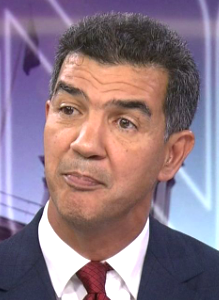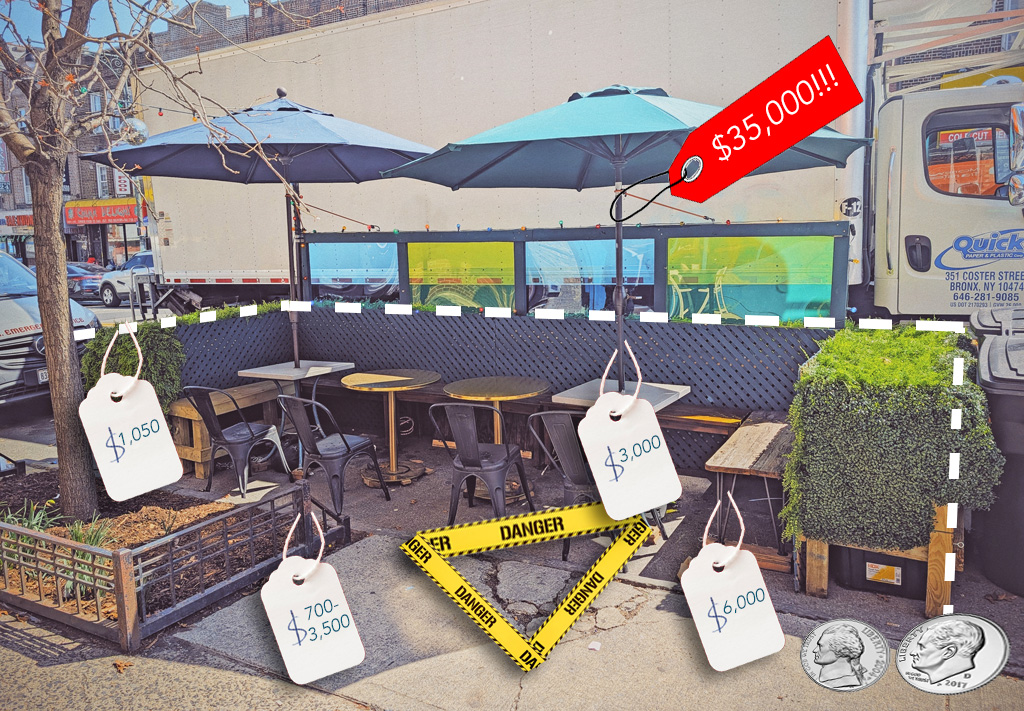How much home rule should New York City have when it comes to setting its traffic regulations? Much more, argues City Council Transportation Committee Chairman Ydanis Rodriguez — who could wind up as the next Department of Transportation commissioner if Eric Adams becomes mayor. Rodriguez pitched us this op-ed after Albany lawmakers completely failed to pass key legislation to give the city more control.

As the city begins to reopen, people return to in-person work and school, and tourists come back, our roads are once again becoming increasingly congested and dangerous.
This year is already on track to be the second-most-deadly year on our roads since Mayor de Blasio took office, with more than 70 drivers, passengers, pedestrians and cyclists already killed in traffic-related accidents, according to Vision Zero statistics. This followed a rough 2020 during which speeding on streets emptied because of the pandemic led to more deaths and injuries from traffic-related collisions. That's unacceptable.
A just recovery means not only reopening the city to all communities, businesses, tourism and schools, but making sure it remains safe for everyone who lives, works and visits here. Unfortunately, the city is fighting dangerous driving with one — and sometimes both — hands tied behind our back. Our partners in Albany are limiting our ability to control our streets and impeding our ability to create a safer New York City for pedestrians, bikers and drivers alike.
Traffic-enforcement cameras are a critical tool in keeping our streets safe. But current state law limits the cameras' effectiveness. Albany places too-strict limits on how many safety cameras the city can use, where we can deploy them and what hours they can operate. These restrictions make no sense.
By the end of 2021, the city will have in operation almost 2,500 red-light, speed and bus-lane cameras. The city's own data show that they are very effective in making intersections safer, bus lanes more efficient and reducing speed and injuries; in fact, they reducing speeding by 71.5 percent and injuries by 16.9 percent.
It’s a proven fact that when drivers get a ticket, they change their behavior. For example, Department of Transportation data show that two-thirds of motorists fined through the use of safety cameras did not receive another violation in the same calendar year.
Take school-zone speed cameras. State law now only allows school-zone speed cameras to be on from 6 a.m. to 10 p.m. on weekdays. But many deadly crashes occur outside those hours and on weekends. Crash data show as many as a third of deadly crashes occur when speed cameras are turned off. Why not use these tools to maximum effectiveness and keep them running around the clock? Why turn them off when they can be doing as much good as they do when they are turned on?
Last month, the City Council passed and the mayor signed my bill to give regulatory powers to the DOT over motorized scooter rentals. It empowers the DOT to set safety standards as well as rules for vehicle upkeep and (most important) rider behavior that will reduce the number of injuries and deaths resulting from misuse of these vehicles.
But more needs to be done. The city should have full control over the regulation of its streets — whether that is over scooters, traffic-safety cameras, speed limits, or anything else. We know our streets best and what is needed to keep them moving safely and efficiently.
Traffic-safety cameras could be a good first step. Albany ended this year’s session without taking action, but state legislators must free the city to use these cameras for maximum effectiveness to keep our streets and our families safe. The Legislature must allow us to expand the number of cameras as needed and to keep them running 24/7. They’ve already proven their worth in reducing traffic collisions, injuries, and deaths.
By taking this final step and allowing the city more control over the deployment of safety cameras, we can realize the mayor’s Vision Zero of no more pedestrian or cyclist deaths and safer streets for pedestrians, cyclists and drivers throughout the city.
Ydanis Rodriguez (@ydanis) is the term-limited Council member from Upper Manhattan's 10th district.






